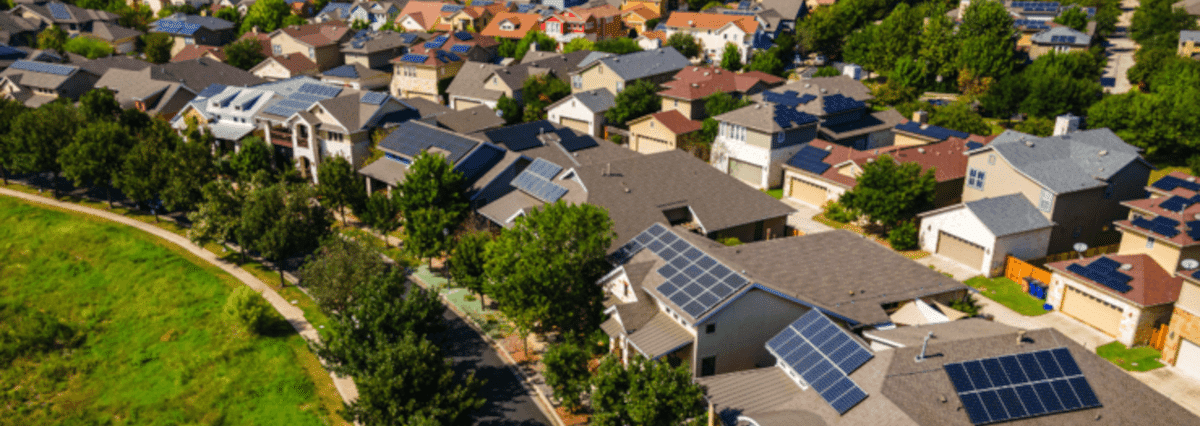The targets for decentralised solar in the NECP are far below the existing technical and economic potential for this form of energy production.
- Solar PV in Portugal is increasing, however disproportionally more for centralised solar
- The real potential for decentralised solar is much higher than its targets in the NECP, and it’s a better social, economical and environmental option
- The targets for decentralised solar in the revised NECP should be increased and barriers should be removed to its expansion
Solar energy production in Portugal in large centralised systems has been the target of large investments, taking advantage of economies of scale and leading to a drop in the cost per unit of energy produced. Compared to decentralised solar energy production, for example on rooftops, energy production in large centralised systems is considered cheaper, but the difference is blurred or cancelled out when the positive and negative externalities in each of the models are included in the equation – for example, destruction of habitats in the case of centralised solar or greater energy security in the case of decentralised solar.
In the last three years (2019 – 2021), new installed capacity in centralised solar was around 70%, with decentralised solar recording only 30%. This situation was expected, as Portugal has since 2019 a specific legal framework for the allocation of power in large solar plants through auctions, and, on the other hand, the National Energy and Climate Plan (NECP) points to a capacity of decentralised solar in Portugal in 2030 of 2,000 MW and of centralised of 7,000 MW.
In the case of Portugal, due to its favourable conditions in terms of hours of sunshine and market conjuncture, there is potential to supply with technical and economic viability around 50% of its electricity consumption based on rooftop solar-photovoltaic. This means that the potential for harnessing energy production on the roofs of houses and residential and service buildings is being wasted, whether on an individual, corporate or community basis.
The faster the energy transition in the electricity sector will be, the more decentralised, participative and cooperative it is. Community control and ownership of energy structures is the only way to democratise a sector that still suffers from too much centralisation. Moreover, in a world full of geopolitical instability and rising energy prices, distributed energy production through self-consumption is a key element in mitigating both energy insecurity and the effects of rising prices on families and businesses.
PREVIOUS
NEXT

